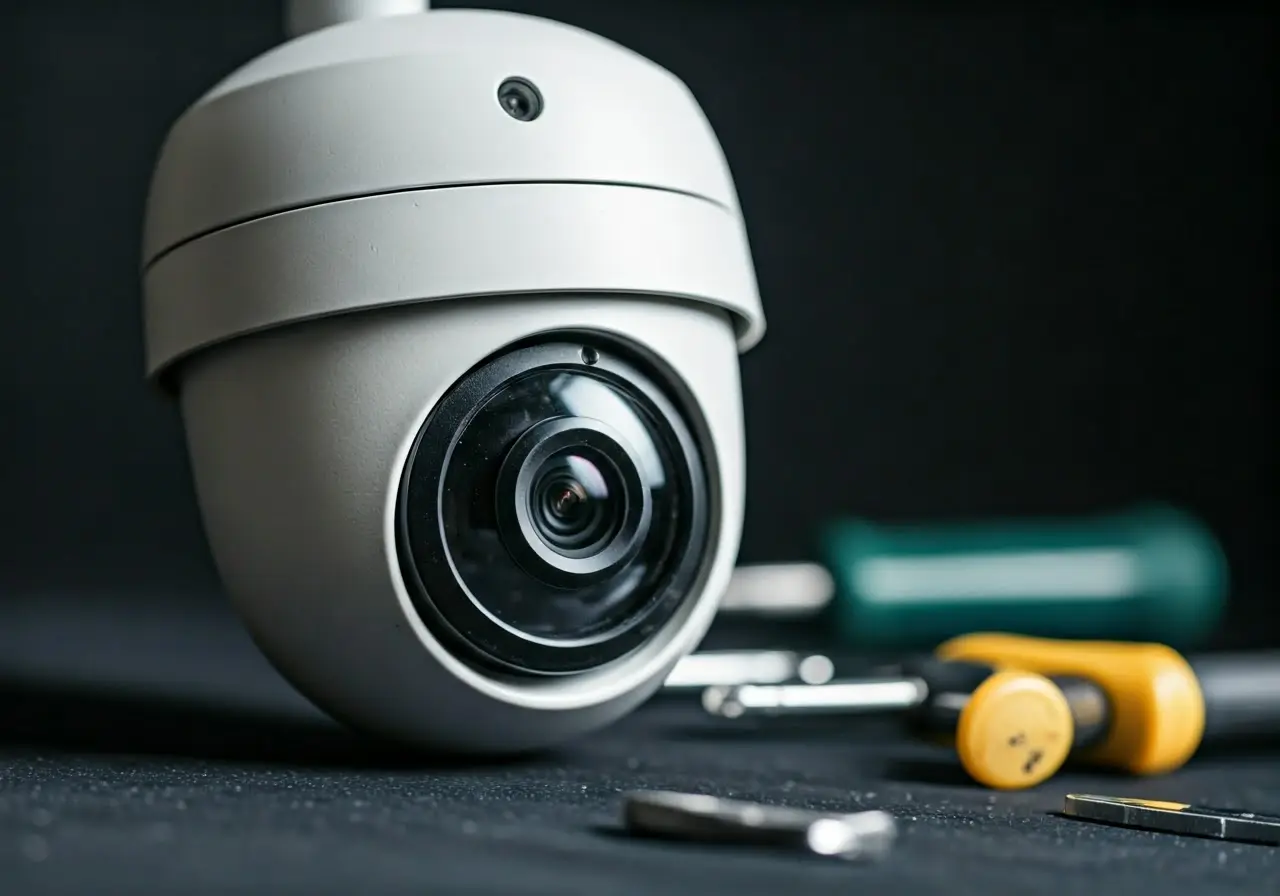Installing a CCTV system is a great way to boost your security. However, if not done correctly, it can lead to several problems. In this guide, we’ll explore the common pitfalls to avoid, ensuring your CCTV installation is smooth and effective.
Neglecting to Plan the Installation Layout
Planning your CCTV system layout is crucial. Identify areas that require monitoring and consider factors such as camera angles and potential obstructions.
A well-thought-out installation layout doesn’t just happen by accident. It’s important to take the time to assess your property and pinpoint critical areas where surveillance is necessary. Do you have particular entrances or exits that need constant vigilance? Perhaps there are wider areas needing panoramic views. Prioritizing these zones will influence not only the number of cameras you need but also their specific types.
Another common mistake is overlooking future needs. As businesses grow, so do their security requirements. By planning with expansion in mind, you can save time and money down the road. Consider potential growth areas and plan your cabling and camera placements to accommodate these expansions.
Choosing Inadequate or Incompatible Equipment
Selecting the right cameras and equipment is fundamental. Ensure they are suitable for your environment and compatible with each other for seamless operation.
Buying the cheapest equipment can be a temptation, but it often leads to inadequate protection. In environments where high resolution is crucial for clear identification, such as banks or retail stores, investing in high-definition cameras becomes essential. Similarly, overlooking the necessity for weatherproof and robust materials for outdoor cameras could shorten their lifespan.
Compatibility is another concern. Modern CCTV systems often integrate with a variety of other technologies, such as alarm systems or even smart home devices. Ensuring your cameras can communicate effectively with these technologies can enhance security and streamline management processes.
We’ve put together a comprehensive guide on selecting the correct equipment for your environment that you should definitely check out if you’re unsure.
Improper Camera Positioning
Avoid placing cameras in positions where they could be easily tampered with. Consider coverage limits and optimal viewing angles for each location.
One of the most common mistakes in CCTV setup is improper positioning, which can lead to blind spots. Ideally, cameras should cover entry points from multiple angles to ensure that no area is left unmonitored. This requires strategic placement rather than just mounting cameras at eye level.
Height and angle are also pivotal. Placing cameras too high might seem secure but can result in less detailed footage, especially in instances that require facial recognition. Balancing security and functionality by adjusting angles to capture faces is key.
Overlooking Lighting Conditions
Ensure your cameras are equipped to handle varying lighting conditions. Night vision capabilities may be necessary for low-light areas.
Lighting can dramatically affect the performance of a CCTV system. Cameras that lack the ability to adjust to different lighting conditions might produce unclear footage. During twilight, or poor weather days, images can get distorted if the camera doesn’t adjust for these conditions.
Infrared (IR) and low-light cameras are excellent additions for areas where lighting can’t be controlled, such as exterior entrances or parking lots. These cameras adjust automatically and continue to provide valuable footage even when human eyes can no longer capture what’s happening.
Inadequate Wiring and Connectivity
Proper wiring and setup are essential to avoid connectivity issues. Plan the wiring layout carefully and ensure all connections are secure.
Achieving a seamless CCTV setup does not only rely on the cameras themselves. The wiring and connectivity aspect is the backbone. Without a solid foundation of power and data connections, even the best camera won’t function as expected.
Consider investing in high-quality cables, especially those designed for outdoor use, to withstand various environmental conditions. Also, employing protective conduits can be a significant advantage, shielding the cables against potential damage.
Explore our detailed section on optimal wiring and setup to learn more about establishing a strong, enduring connectivity base for your security system.
Wrapping Up: Tips for a Successful CCTV Installation
By avoiding these common mistakes, you can ensure a more efficient and effective CCTV installation. Proper planning, selecting the right equipment, and mindful installation will lead to heightened security and peace of mind.


